What’s the best working dog food in Australia?
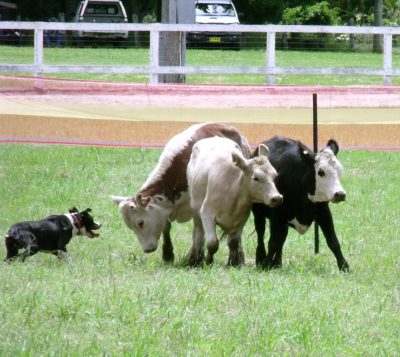
Did you know most working dog foods in Australia are completely wrong for your working dog?
The reason is simple and easy to understand – we already know decent protein is what builds and retains muscle, making us strong. It’s the same for our dogs! Perhaps more so given they’re closer to a true carnivore than us.
Yes most working dog foods in Australia are made almost entirely from cereal grains, with high carbohydrates, and little quality protein.
Why is this the case I hear you ask?
There’s a simple answer to this too. Cereals in a dog food makes them really cheap to manufacture, and despite not being appropriate for an active dog, they will burn off the carbohydrates and not show any significant issues.
You as the consumer will overlook this, as you’re probably looking for something “cheap”.
When you feed a less active dog a high carbohydrate dog food they’ll gain weight and look unhealthy.
A working dog on the other hand will remain trim, but are they healthy on the inside?
Don’t you want your working dog to be healthy?
If you do, then you’ll probably need to change your perspective somewhat. Are those other meat-based working dog foods “expensive”, or are the inappropriate regular brands packed with wheat “cheap” (and cheap for a reason)?
The truth is – those cereal-based working dog foods are little more than a profit making machine, profiting from the poor health of your working dog.
In this guide to the finding the best working dog food (in Australia) we’ll discuss the basics of working dog nutritional requirements and help you decide which working dog food you really should feed.
I hope it helps!
The fallacy of working dog food
To cut a very long story short, dog food didn’t come about to benefit your dog, it came about because the human food industry had a very expensive problem – waste products.
Dog food offered a very simple solution for turning the expense of disposing of waste and turning it into a very significant profit. As such there’s a very simple reason why many working dog formulas are produced by grain manufacturers, and this is a fundamental reason why many working dog formulas are made excessively from grains or grain by-products.
Take a look at the working dog food you’re currently feeding. Is it made by a milling company?
Interesting fact – CopRice is made by SunRice, one of the largest rice companies in the world.
Even when we find meat in working dog formulas, the same principle applies where this is often whatever meat remnants are left over once anything sellable as human-grade meat is utilised.
It’s very common for dog foods to be made using cheap “by-product” ingredients, but in working dog formulas it’s more prevalent.
It can be argued a highly active working dog will burn off greater calories from excessive grain diets, or in other words won’t put on the unhealthy bulk a domestic Labrador may put on, so the effects of a poor diet won’t be as noticeable.
Another side-effect of excessive grain diets is dull skin and coat, which in terms of working dogs also goes relatively unnoticed compared to domestic pets.
The fallacy of Working Dog food is they can be more cheaply made than regular domestic formulas, yet due to their target market classification as “Working Dog” are still sold across Australia in hugely significant amounts.
Some Australian manufacturers also offer more “premium” formulas but the profit from cheaper formulas or working dog formulas is staggering despite often lower prices.
The basics of Working Dog nutrition
It’s fundamental knowledge in canine nutrition (and more so in human nutrition) that meat proteins are the building blocks for muscle growth, maintenance, and repair, and meat fats are utilised far more efficiently for energy than carbohydrates.
These are the reasons your working dog will thrive more on a meat-based diet than a grain-based diet.
So with those simple facts we’ve already confirmed why many working dog foods in Australia are formulated in a way which is far from optimal for your working dog.
Dogs are essentially carnivores, and this is dictated by their dental structure, digestive system, and natural instinct, but they sway very slightly to omnivore.
If you consider it a scale, they’re still far closer to cats than they are to us humans as resounding omnivores, and it’s worth keeping that in mind when you assess their diet.
This does mean, however, that some grains may be included in their diet, and with decent grain selections such as oats or barley these may be beneficial. Given the high energy of working dogs they can benefit from the slow-burning energy sources of these grains without suffering the negative effects of weight gain. Grains in working dog formulas also serve to keep the cost down of feeding them, which can’t be ignored.
When it comes to grains in working dog formulas always be wary of wheat as a problematic inclusion, which is often listed as cereals or cereal by-products (wheat by-products).
Rice is another common inclusion which is a better option, but still be wary of working dog foods with excessive grains of any kind.
What ingredients can benefit a working dog?
Meat and meat fats should always make up the bulk of a working dog’s diet, but there are other inclusions found in some working dog formulas which will really benefit their health and wellbeing.
Look for ingredients rich in omega fatty acids which serve to aid joint health (as well as organ health and a healthy skin and coat).
Good quality oils such as coconut oil, oily fish, or glucosamine and chondroitin inclusions will help in this respect.
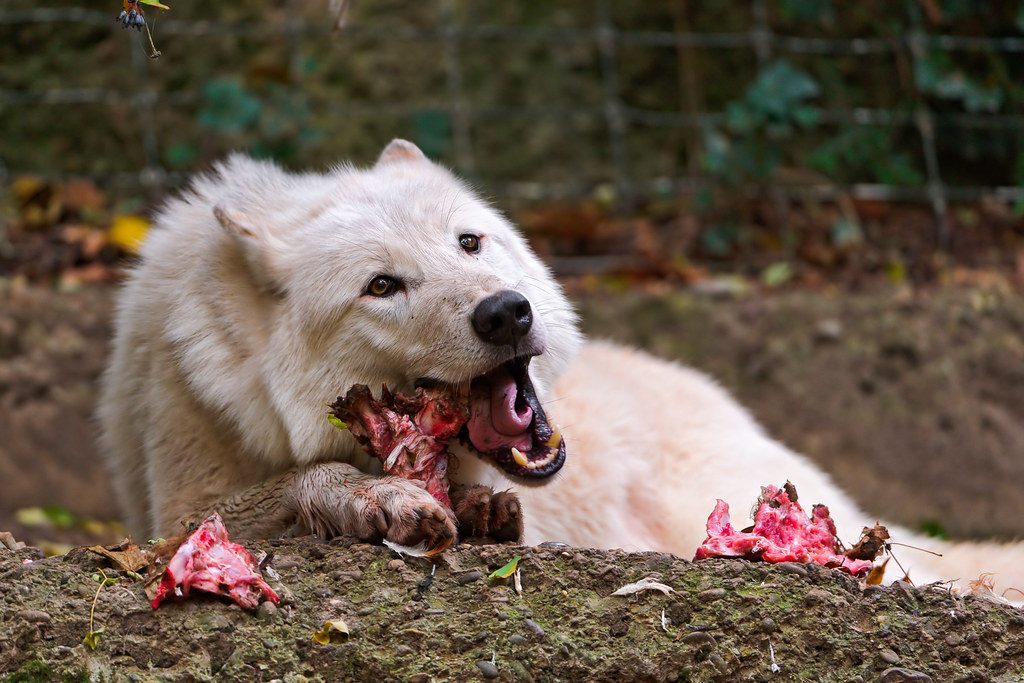
A good working dog formula will likely contain trace inclusions which we know to be beneficial for humans. Often these are included in a very small amount with questionable benefit, but are often a sign of a better quality food. These may be fruit or vegetable inclusions such as blueberries or kale, or natural preservatives such as rosemary as opposed to ambiguous “antioxidants” or preservatives.
What are the best Working Dog foods in Australia?
It’s worth noting this page only focuses on dry foods which specifically target Working Dogs. Foods on our best rated dry dog food list will likely serve your working dog very well and shouldn’t be discounted, as will a number of wet, barf, or raw meat/raw meaty bone diets.
Our recommended Working Dog foods in Australia are (in no particular order):
Working dog foods sold in Australia
We attempt to keep all our reviews current, but the following list is all working dog foods we have reviewed. If there are any brands missing from the list be sure to send us a message – the best way is via our Facebook group.
Click here for all dog food reviews.
I hope this guide to the best working dog foods in Australia has been of use, and leads to excellent health, wellbeing, and effectiveness of your working dogs!
What working dog formula do you feed? Let me know in the comments!
“Best Working Dog Food in Australia”, written by David D’Angelo.
Photos sourced from nicephotog and tambako.

Join the Reddit community r/HealthyAussiePets

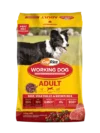
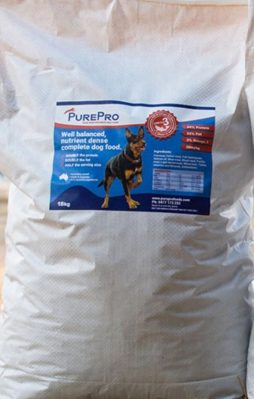
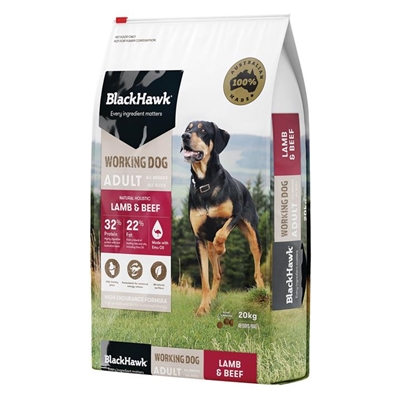
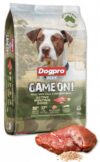
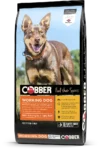
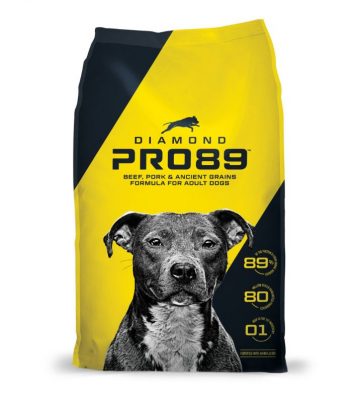



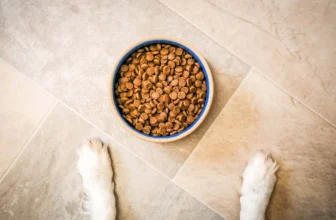
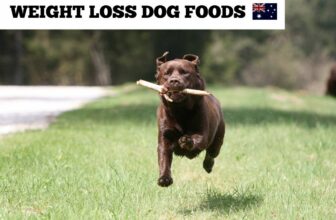

No pet food packaging seems to indicate the percentage of “digestible protein” is contained in their product. As I understand it not all types of protein are digestible by Dogs. As an example, chicken feathers are high protein, however undigesable by Dogs.
Can you elaborate please.
Hi Jimmy, you’re exactly right, and it’s a reason we should be cautious and mindful with any pet food product. Most of my reviews analyse the ingredients to shed light on how much of each ingredient is used in the formula, and although this can never be exact will hopefully give a better understanding of where protein (or other constituents) is coming from.
When it comes to something like chicken feathers, these shouldn’t be part of an ingredient such as “Chicken”, or “Chicken By-Products”, but I’ve found often in the past traces of chicken feathers in numerous brands. Also, when it comes to an ingredient like “Chicken” (or any ingredient really), we really don’t know what parts of the chicken that is, and therefore whether it’s more flesh or bone content. For vegetables, such as potato, we also don’t know if it’s the whole potato, or just the skins.
Question – ‘pet mince’ that you buy at the local butcher & that it’s anyone’s guess what’s actually in it – is that ok to feed our working dog? We have a livestock transport business & our boy Tex is just burning off everything he eats! Comes home looking far too lean! My husband can’t take raw food with him when away during the week so am doing some research on better dry food for him & wanting to feed some raw when he’s home on the wknd. Wondered if the ‘pet mice’ is an ok meal for him or not.
Hi Erin, I buy “pet mince” from my local butcher which is really good value for money. About $5 for a decent sized bag. It depends on the butcher, but it’s usually all the offcuts and can vary day to day. I also buy meaty bones which are also something I consider a good part of the diet.
However I wouldn’t feed butcher pet mince as a whole diet as it won’t contain all required nutrients which you would get from a raw diet (meat/offal/bones), or a formulated pet food with all vitamins and minerals included.